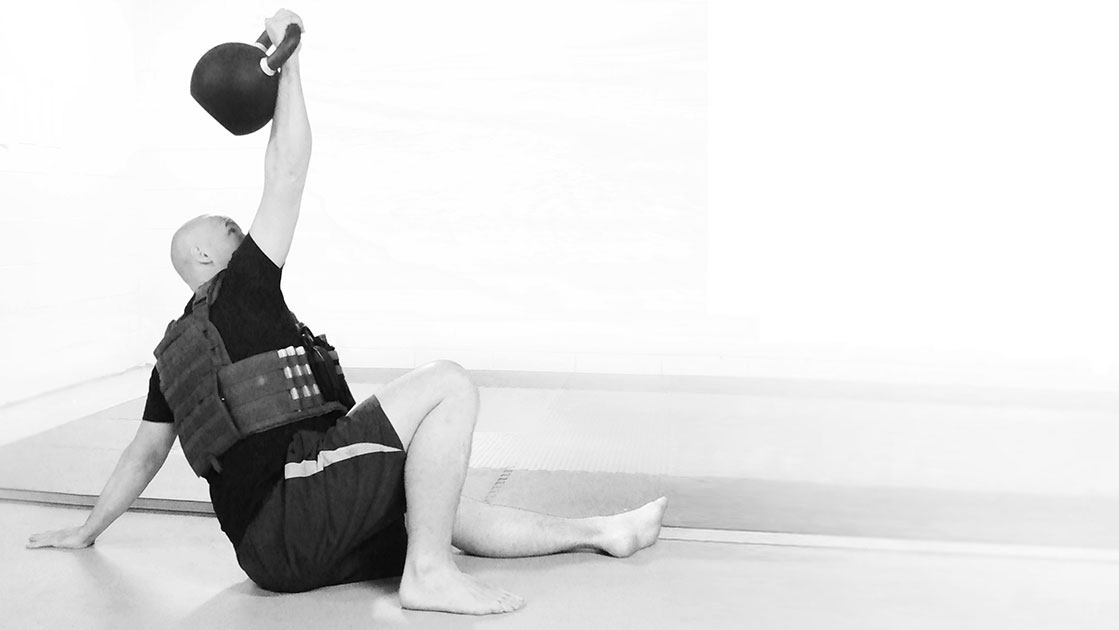Hello
@ShawnM ,
This reminds me a lot the routine that the Commando Marine I mentioned earlier does:
Monday: 20k cycling, 150 pull ups, 10 x 4m rope climb (arm only), 500 abs
Tuesday: 450 push ups, 150 dips, 150 squats with body armour, 500 abs
Wednesday: 150 box jumps, 150 squats with body armour, 150 pull ups, 500 abs
Thursday: 450 push ups, 150 push ups, 5 x1 minute wall sit with body armour, 500 abs
Friday: 10km cyling, 150 pull ups, 10 x 4m rope climb (arm only), 500 abs
Saturday: rest
Sunday: rest
This is not that far from what you mentioned. It would be perfectly possible to replace the 30k total of cycling by running, or a combination of running and rucking. He admitted he does bicycle because this is more knee friendly. Based on that, 30km of running can be splitted more or less as we want. 30k a week would be the minimum for almost any selection. Here is a Stew Smith's routine close to that:
Army Special Forces - Green Berets - Workout and SFAS Preparation from Stew Smith Fitness - Preparing Americans for Military,Special Ops, Police, and Fire Fighting Professions
As we can see, legs are done almost on a daily basis, whether using distance running / cycling or squats.
At his age, he was climbing this rope effortlessly. He also had incredible core strength during fighting (technique aside). He did not report any back issue, but I guess he does a well balance core training.
In my boxing gym, a guy was training to join this unit (and by the time, succeeded in the first phase of selection). He was training that way (mostly calisthenics, sometimes weighted though), paired with plenty of running. Basically he trained like so in the morning and in the evening, and sometimes at midday, but with fairly short sessions each time.
There are different ways of thinking running / rucking. Some say that running helped their rucking, some say the other way around. I guess it depends on the weight you have to ruck with. Based on Mike Prevost's work, it seems to have a sweet spot:
Mike Prevost: Ruck Training Programs - PART 1 - On Target Publications
If we assume that older operators are not "less effective" than new ones, and if we assume than operational doctrines do not evolve that fast, it seems to show that strength endurance is a key factor of success, both for preparation and maintenance.
This is where StrongFirst's approach can be interesting: I have noticed that a fairly low volume of OAP and HSPU immediately transfer to high rep of "regular" push ups. The same thing occurs with core training. I did the test not that long ago... Pull ups are still somewhere in the middle (at least for me). If I were to prepare for Selection with mainly calisthenics as a strength builder, I would preferentially use low rep training, which gives more relative strength and have great carryover. The other way around does not seem that true. I'd keep some specificity (a few high rep here and there just to secure the thing).
It seems that "high rep" training still have value and is proven to work until these day, assuming we stretch and do the mobility stuff alongside.
Kind regards,
Pet'

